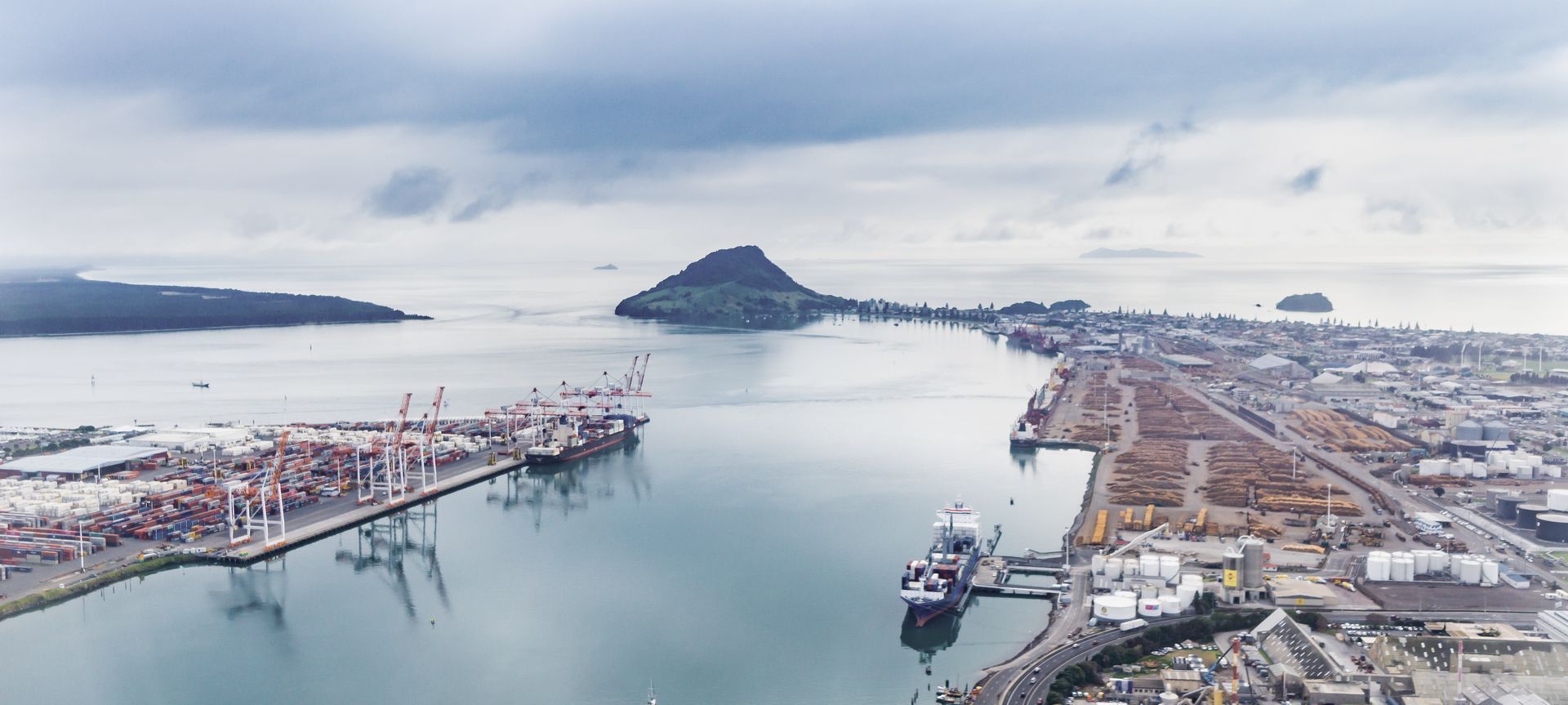Your interior project: how you can stay ahead of supply chain issues
Written by
10 August 2021
•
4 min read

The shortage of structural timber affects the completion of interior projects that require wall framing, but it’s shipping delays and the undersupply of raw materials and crucial off-shore components that’s now impacting the supply of furnishings, furniture, hardware, cabinetry and benchtops.
National Kitchen and Bathroom Association manufacturing/supplier representative and Laminex general manager Mike Arthur says the combination of sluggish shipping lines and the increase in Kiwis wanting to upgrade their homes means there’s delays in the delivery of interior products.
“We’ve seen with our own business and our manufacturers that supply chain disruption is adding around four to six weeks in terms of lead times for products that were previously eight to 12 weeks’ lead time. You’re looking at a three to four month lead time on product, so you have to plan for that.”
He says there’s some cases where the lead times have blown out from two to three months to six—”but that’s the exception”.
For new kitchens and bathrooms, many joiners and cabinet makers aren’t taking on any more work until the new year due to a combination of too much work, and delays in accessing key components, he says.
“There’s still pressure on sourcing hardware for kitchens, runners and handles and so on. We’re managing reasonably well for panels and benchtops, but again our lead times for ordering if we have a spike in demand, it’s still three to four months for the majority of those materials.”
Mike says Laminex is managing the long lead times by paying meticulous attention to planning and forecasting of product requirements, and he’s seen other industry suppliers stock up on core product lines to mitigate product supply issues.
But for some manufacturers, the lack of raw product available is making planning more difficult.
“Some manufacturers are very low on raw material inputs. They’ll have key inputs they require to make their products and you only need one of them to be delayed to either slow or impact production.”
Trinity Interior Design principal Nicole McKenzie says delays on raw products are impacting the availability of almost every type of interior product.
“Even to get curtains manufactured it’s pushing out to 12 weeks. We’ve got cabinet makers that we’re working with that are booked out until Christmas, because of demand. And there’s also issues with raw materials. We’ve got sofa manufacturers that use timber that they could normally get within three days, they’re now saying that could be three weeks... Webbing for sofas coming from Europe is now sitting on boats.”
She says problems with sourcing tiles and stone are causing delays to kitchen and bathroom projects.
“Some of those quarries or manufacturers have shut. We have products that we have specified a while ago that are ready to order, but you can’t get it—that quarry is gone.”
Nicole recommends clients address the interior design of their project before they submit their building consent, or risk having to use products that aren’t their first choice.
One solution she’s seen work well for clients is buying well ahead of time and storing the products on site in shipping containers.
“That’s the situation. It’s not being dramatic, it’s being pragmatic.”
Looking forward, Nicole believes the situation will worsen before it improves.
“You’ve got demand across the globe, you've got labour shortages, so you can’t get raw materials, you can’t get people to make it, and the demand is currently high, so that only means one thing…”
Mike agrees there’s no end to supply disruption in sight.
“I think we’ll see continued supply chain disruption for at least the next 18-24 months, given what we’ve seen to date.”
The key message for customers, interior designers, manufacturers and suppliers is to work together to ensure accurate forecasts of product requirements, he says.
“Particularly for large projects. Those large projects are planned well in advance, so if we can ensure product that’s specified is confirmed with suppliers or manufacturers, that ensures the project runs smoothly and ultimately that’s what we want—we want to ensure that we can deliver for our customers.”